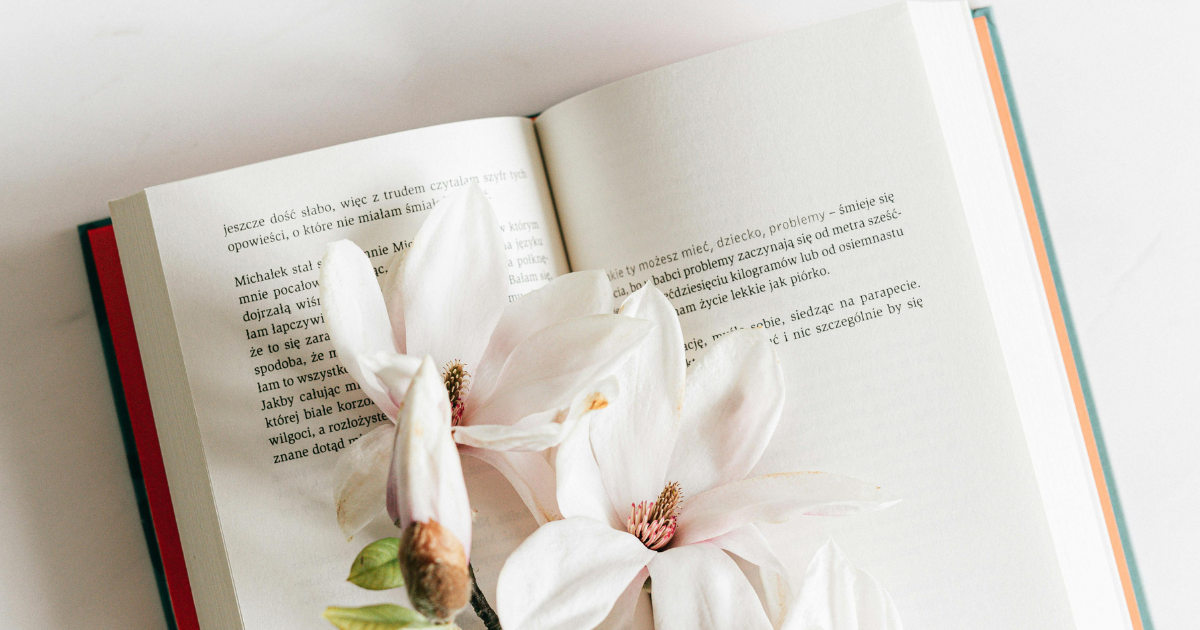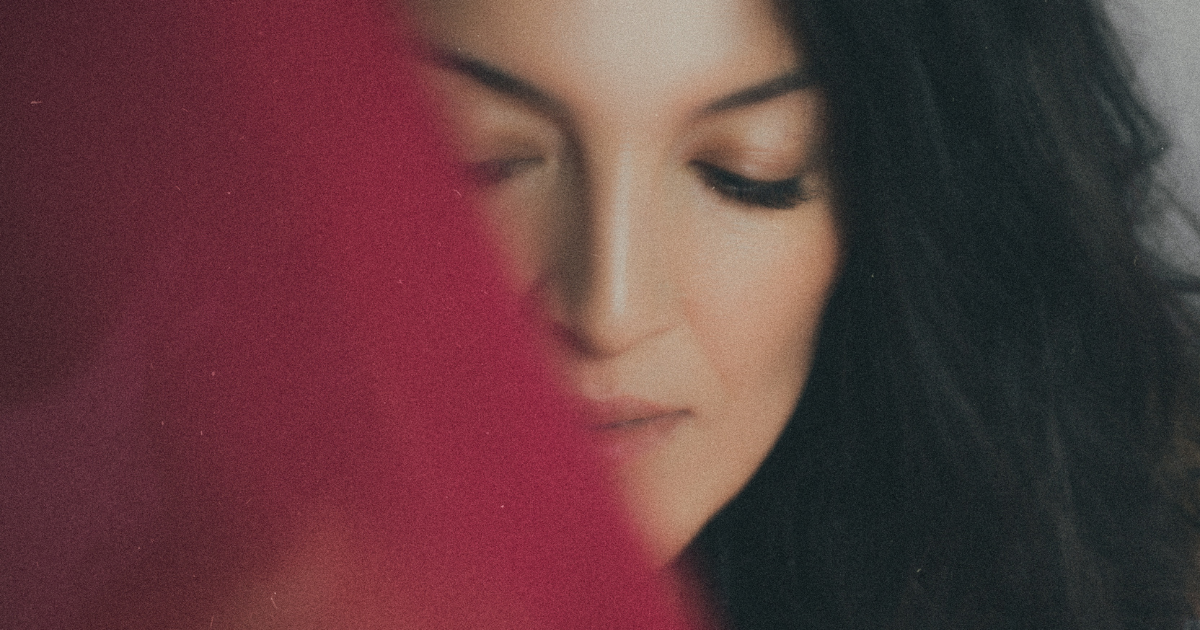Unexplored facets of Ural Tansykbaev’s creativity
Uzbekistan is preparing to celebrate the 120th anniversary of the great master of Uzbek painting, Ural Tansykbaev, with honor.
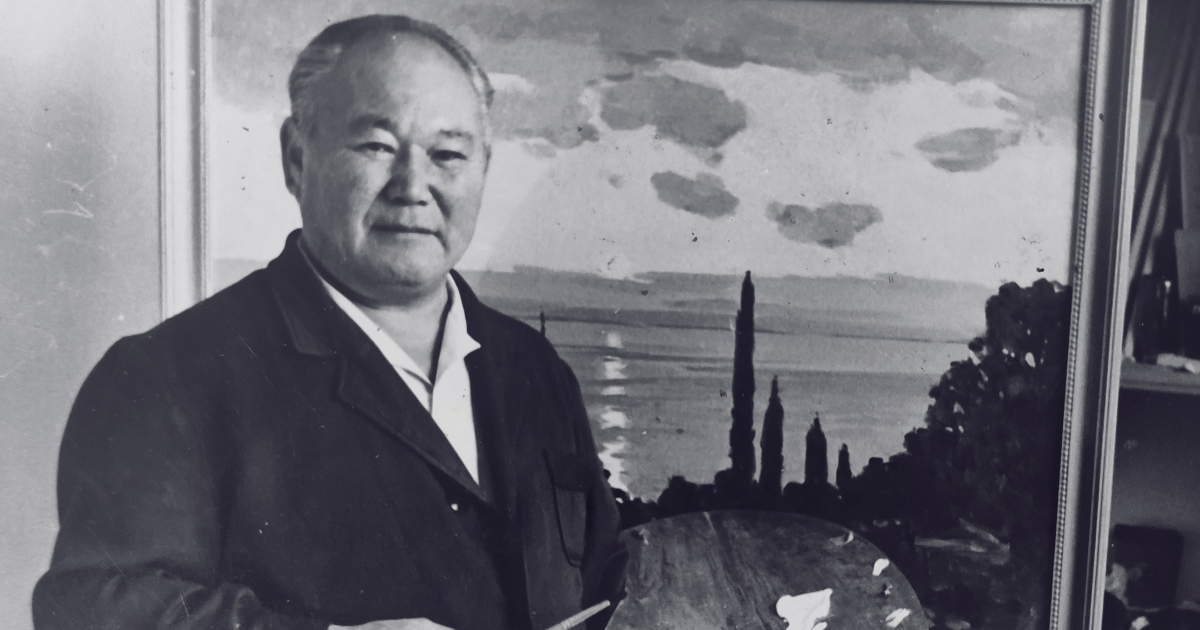
The 120th anniversary of the outstanding master of painting, Ural Tansykbaev, promises to be a bright and significant event in the history of Uzbek art. The renovation of the artist's house museum, the restoration of 18 of his canvases by a professional team under the joint program of the Institut National du Patrimoine (France) and the Cultural Heritage Agency of the Republic of Uzbekistan, roundtable discussions, and more are part of the preparation for a major exhibition scheduled for this fall.
The leader of Uzbek colorists
Of course, the anniversary of Ural Tansykbaev once again gives us reason to reflect on the undeniable significance of this great master's work. If we look at his works by opening the "hidden door," we can see him as a multifaceted creative personality who has worthily passed through all the pivotal moments. His early paintings are now housed in the I. Savitsky Museum collection, reveals the "leader of Uzbek colorists," as he was called at the beginning of his artistic journey. This title was well-deserved, as he was a natural talent, the first artist of local nationality at the time, whose talent stood out and shone brightly.
Early stage of creativity
To support his widowed mother, young Ural had to work at a winery. It was here, in the factory club, that his destiny dramatically changed. At the age of twenty, he actively began his artistic career, which didn't last long at that place. The works created during that period, especially portraits, are vivid proof that Ural Tansykbaev's formation as an artist began among Russian avant-garde masters working in Tashkent. In 1928, he left and enrolled in the Penza Art School, studying there for only a year. Visiting the Museum of Modern Western Art in 1929, he began mastering Post-Impressionism and Cubism. However, he often returned to Impressionism, creating portraits in this style. One well-known work is the "Portrait of an Uzbek," depicting his friend and fellow art student A. Tashkentbaev.
Ural Tansykbaev experimented with various methods and styles, which is clearly visible in his portraits from the 1930s. He wasn't afraid of losing himself in these experiments because his individuality was evident in all his works. For instance, in the painting "Portrait of an Uzbek on a Yellow Background," we see a young artist constantly searching for a new language.
His self-portraits from those years also reflect the artist's explorations. All his works convey his character, temperament, and the emotions he experienced.
According to recollections, Ural Tansykbaev was a silent man who loved to be alone. However, he wasn't a reclusive person; he was very sociable, enjoyed gardening, and could craft wooden items, as evidenced by some artifacts now housed in his house museum. He also served his homeland, working as the chairman of the Artists' Union from 1956 to 1959.
Post-war period
Studying the artist's work before and after independence reveals significant differences. The early stage of painting for artists of that period played a cruel joke on them, leading to persecution and strict control. After 1937, art turned away from free exploration towards Socialist Realism. This concept intensified after the war, impacting art history essays. These essays described the early periods of the masters as stages of creative delusion, claiming they had only recently found the true path. In the 1950s and 1960s, Ural Tansykbaev was labeled the "singer of the steppes," overshadowing his multifaceted early creative stage. He was molded into a good landscape painter, a staunch Socialist Realist, and a "singer of the transformed land”.
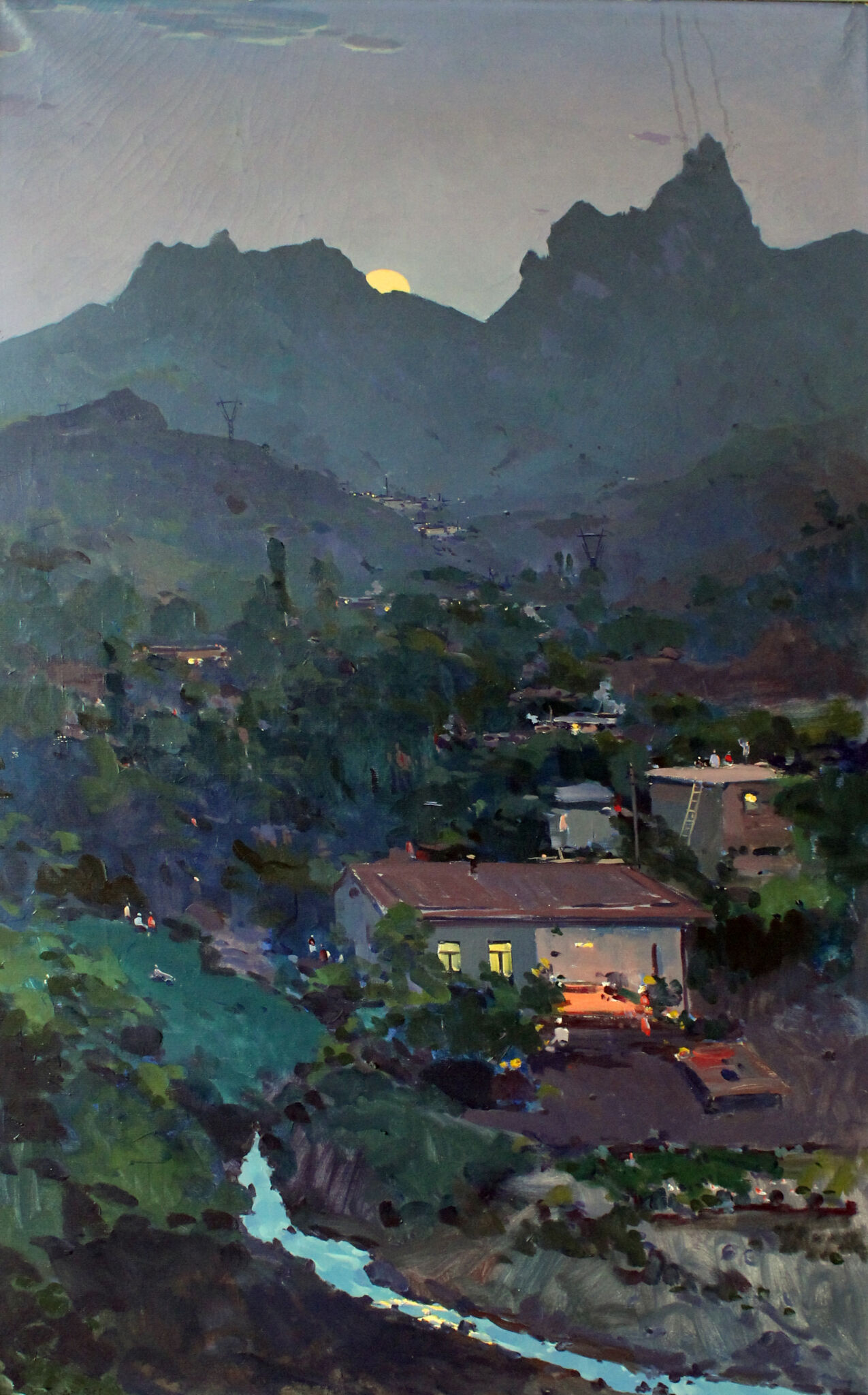
Mountain Village. Evening. 1962 г.
Photo courtesy of the PR department of the Ural Tansykbaev House-Museum
The country, which barely survived a difficult period, demanded joy and celebration of nature, and he honored this. The artist developed an original formula, the "landscape painting," which earned him a silver medal at the 1958 Brussels World Exhibition.
Restoration of 18 Works
There is much to study about Ural Tansykbaev, as his work reflects the issues of 20th-century Uzbek art. It's heartening to see such comprehensive preparations for his anniversary. Recently, from May 3 to 17, 18 of his works were restored. The restoration took place at the Ural Tansykbaev Memorial Museum in collaboration with the Institut National du Patrimoine (France) and the Cultural Heritage Agency of the Republic of Uzbekistan.
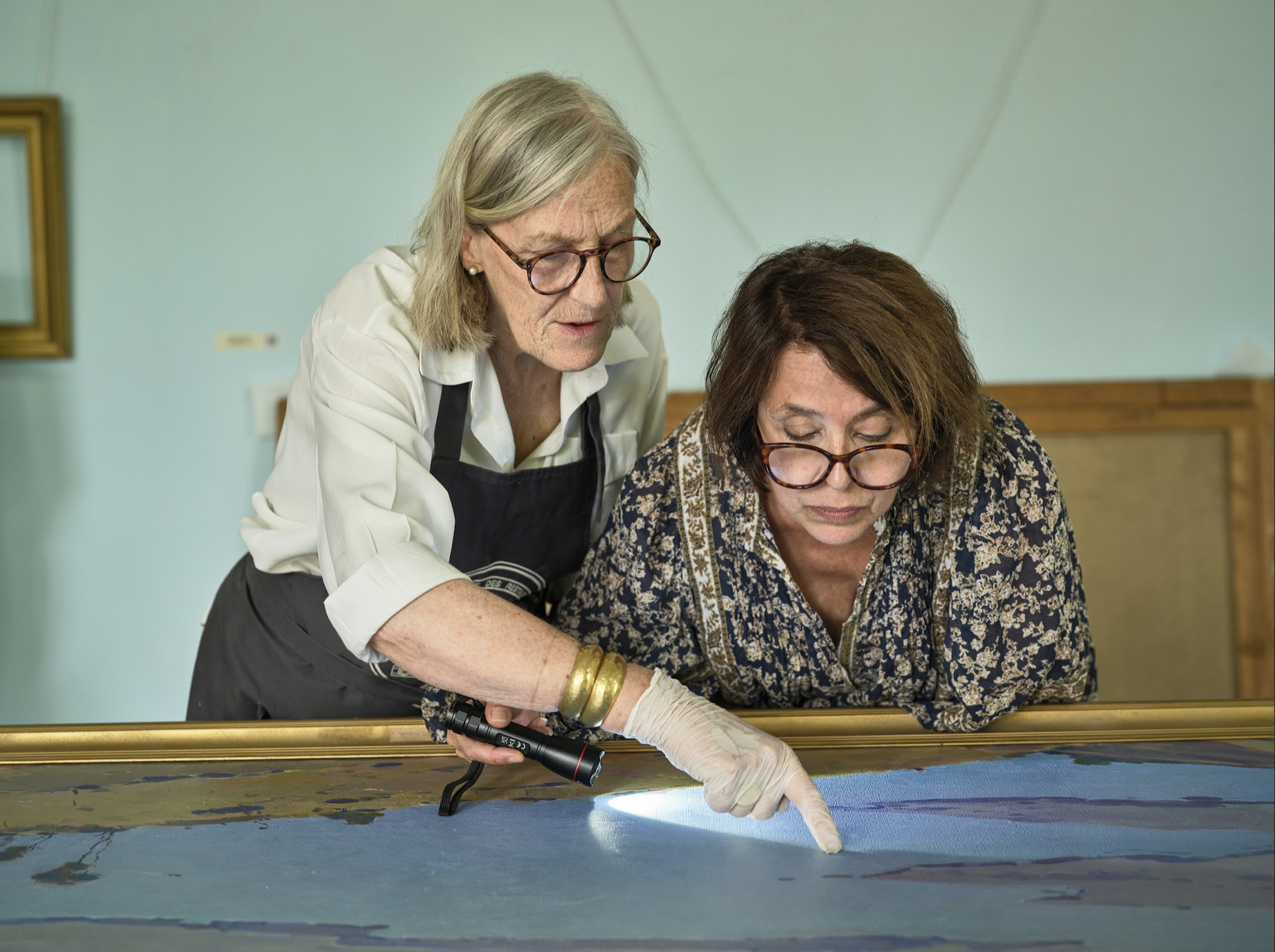
Patricia Verges and Claudia Sindaco
Photo courtesy of the PR department of the Fund for Cultural and Art Development
Representatives from the Institut National du Patrimoine, under the scientific guidance of Patricia Verges and her colleague Claudia Sindaco, a painting conservator-restorer, were involved in the project.
"The restoration project at the Ural Tansykbaev House-Museum allowed representatives from the French National Heritage Institute in Paris to work on painting items that are little known to the European public. It also facilitated the exchange of experience with Uzbek restorers who joined the project. During the work, we better assessed the museum building where the works are stored and their preservation conditions in the permanent exhibition and the archives. Additionally, five large-scale canvases and two cardboard sketches were restored, and frames were renewed. The restored works will return to the museum exhibition. This was made possible with the support of the Fund for Cultural and Art Development of Uzbekistan," — said Patricia Verges, technical expert and specialist in conservation and restoration.
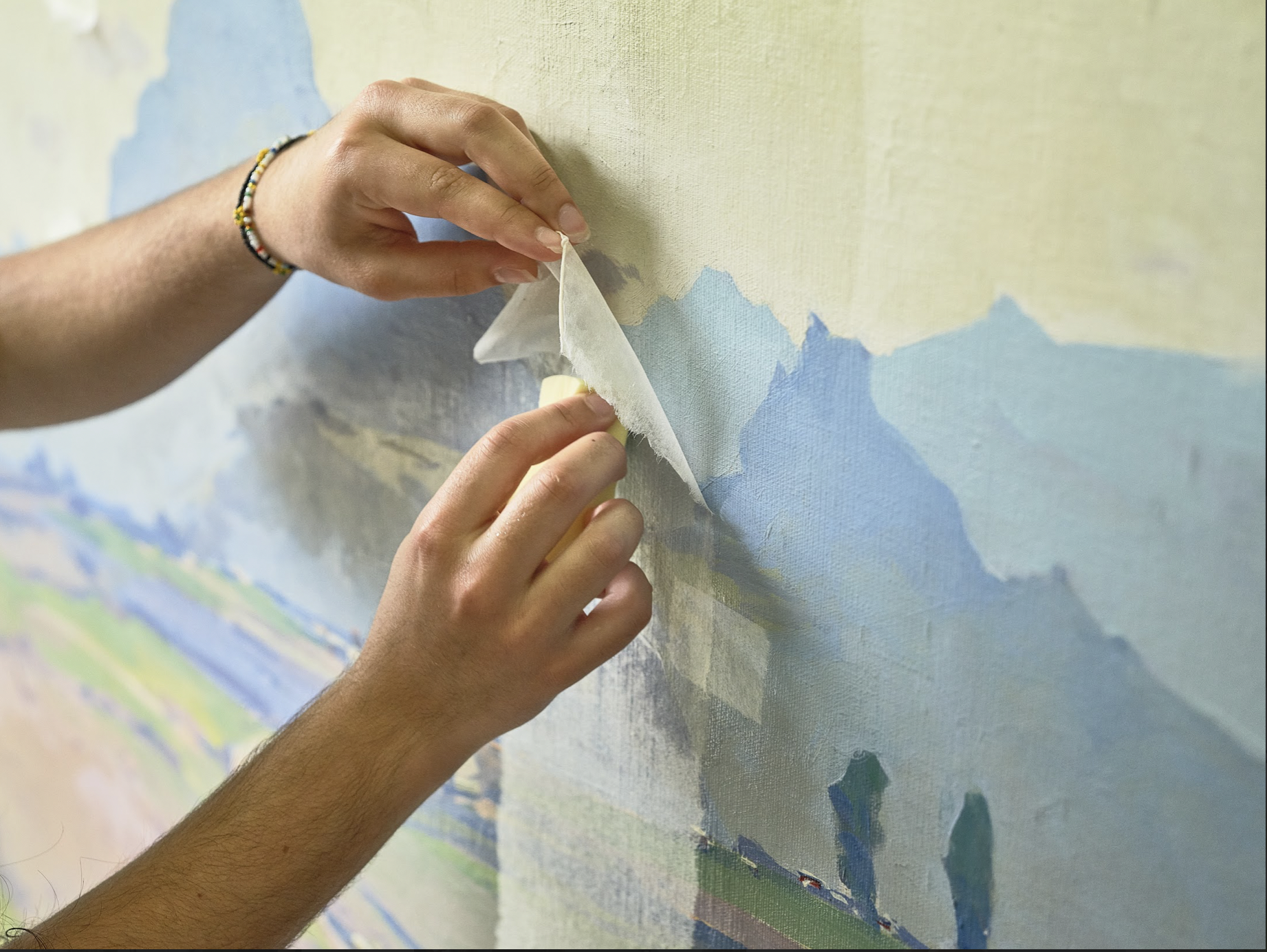
Photo courtesy of the PR department of the Fund for Cultural and Art Development
The Fund for Cultural and Art Development of Uzbekistan places special emphasis on developing local specialists and nurturing talent. Employees from the restoration department of the I.V. Savitsky State Museum of Art were involved in the project. Such joint efforts contribute to skill enhancement, experience exchange, and expanding the knowledge base of local specialists.
Additionally, the joint program is part of the major renovation and restoration project for the Ural Tansykbaev House Museum, supported by the Golden House development company.
